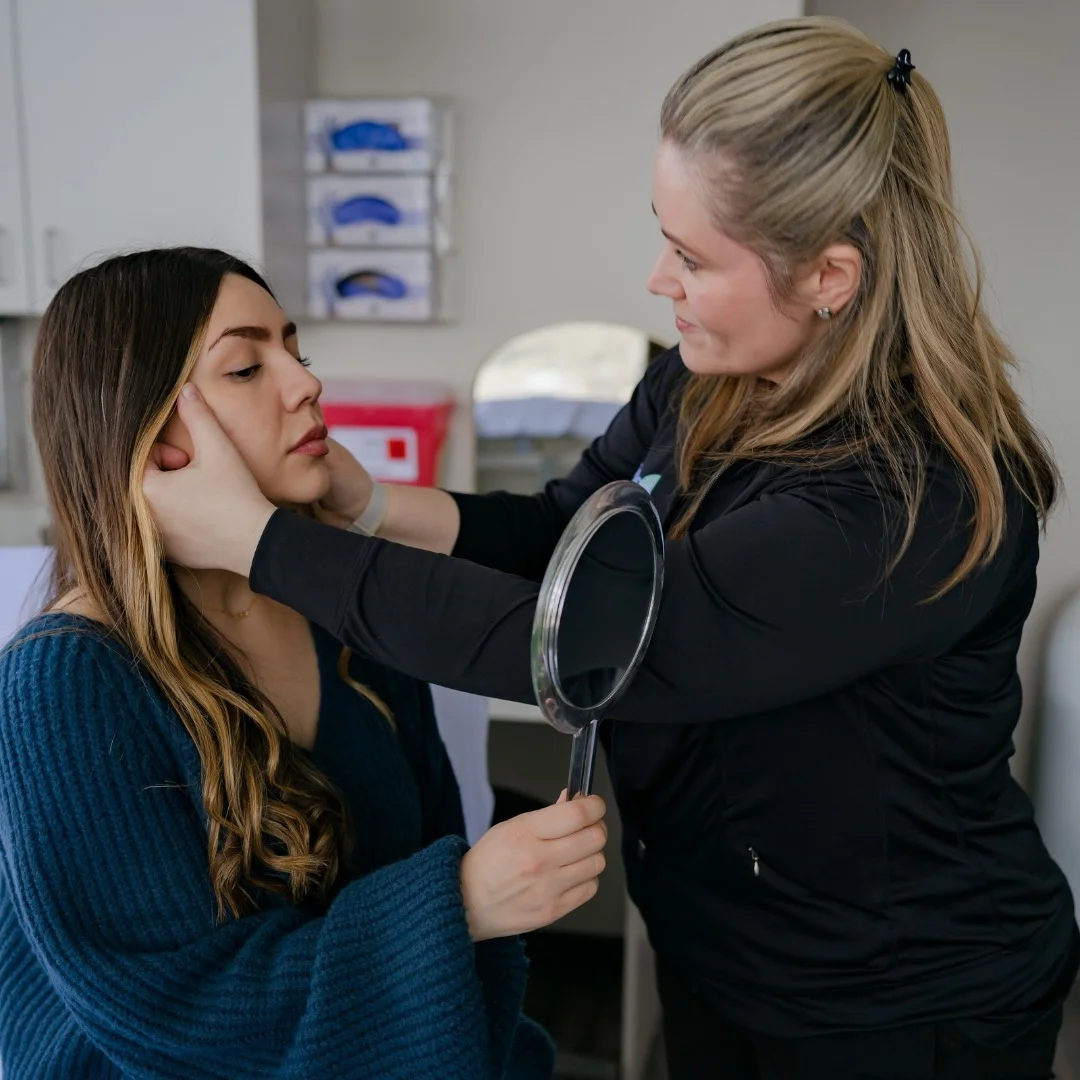The development of an actinic keratosis can take years, with these scaly patches of skin forming later in life much of the time. These rough patches, which tend to appear on areas that receive the most exposure to the sun, may seem inconsequential, but because they can become cancerous lesions, treating even small keratoses is ideal.
Photodynamic therapy (PDT) has been shown a viable treatment for actinic keratosis. Incorporating Levulan Photodynamic therapy into the treatment plan, we create a powerful force against these areas of concern, greatly reducing the risk of progression to squamous cell carcinoma.
Photodynamic therapy for Actinic Keratosis
The actinic keratosis treatment process, performed in our Englewood and Lone Tree, CO offices, is simple, safe, and effective. In our comfortable treatment room, Levulan topical medication is applied to actinic keratosis lesions, and left on for a designated period of time during which the solution will soak into targeted cells before photodynamic therapy. The skin should be protected during this time, kept away from bright lights and sunlight. This can be accomplished by wearing a wide-brimmed hat, carrying an umbrella, or staying indoors under dim lights as much as possible. Sunscreen is not sufficient protection for treated keratoses.
After the designated time has passed, the patient returns to our office, where the skin is gently rinsed and patted try. Photodynamic therapy is then applied, lasting only a few minutes. During treatment, we supply protective eyewear for safety. While therapy is taking place, a slight stinging sensation may occur, lasting from a few minutes to several hours following treatment.
After-care
Following photodynamic therapy with Levulan, the skin may look slightly red or puffy, and lesions may become scaly. These after-effects may last a few weeks, but will not impede normal daily routines. Moisturizer recommended by your dermatologist at AboutSkin can be used as needed.
Sun protection is an integral part of follow-up for actinic keratosis treatment. Even on cloudy days, sunscreen should be worn on all areas exposed to the sun, along with light, long-sleeved clothing.
Each of our patients receives our signature high standard of care, personalized to meet their specific needs. Contact us to address your skin concerns.
